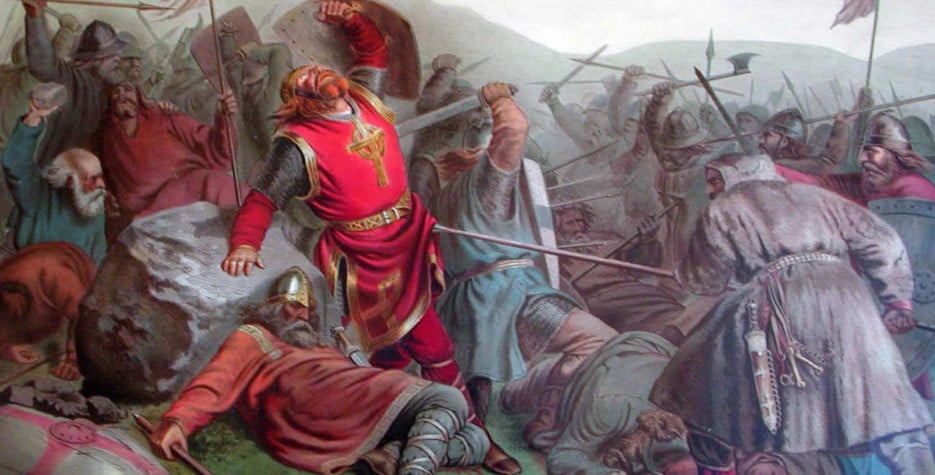When is St. Olav's Day?
St. Olav's Day is a public holiday in the Faroe Islands on July 29th.
Known as Ólavsøka, it is the National Day of the Faroe Islands and commemorates King Olav the Second who brought Christianity to the Islands.
St. Olav's Eve (Ólavsøkuaftan) is held on July 28th and is a public holiday in the afternoon for most people.
History of St. Olav's Day
Olaf II Haraldsson (Ólavur Halgi in Faroese) was King of Norway from 1015 to 1028. Olaf died on July 29th 1030 in the battle at Stiklastað in Norway. There are many sagas about miracles performed by Olav and within a year of his death, he had been canonised as a saint.
Shortly after, Nidaros Cathedral in Trondheim was built over his burial site. His sainthood brought many pilgrims to the Cathedral and encouraged the widespread adoption of the Christian religion across Norway, which the Faroe Islands were part of during the middle ages.
St. Olav became the patron saint of Norway and his feast day was a major festival in Norway up until the reformation. Though the anniversary of his death is still marked in Norway by religious services, it is in the Faroe Islands where the celebrations remain a popular summer festival.
How is St. Olav's Day Celebrated?
Ólavsøka means 'Saint Olav's Wake' and is a two-day celebration that begins on the evening of July 28th. Festivities include parades, sports events, music, speeches, some drinking and dancing.
To bring some formality to the proceedings, for 900 years, Ólavsøka has marked the annual opening of the Faroese parliament (Løgtingið) after the summer holidays.
At the opening of Parliament, the Prime Minister (Løgmaður) will make his annual speech to the Parliament and the Faroese Nation.
Ólavsøka ends at midnight on July 29th when crowds gather to sing Faroese folks songs and perform the traditional Faroese chain dance.
Góða Ólavsøku!


